DRYLANDS STRATEGIC CONSERVATION LANDSCAPE
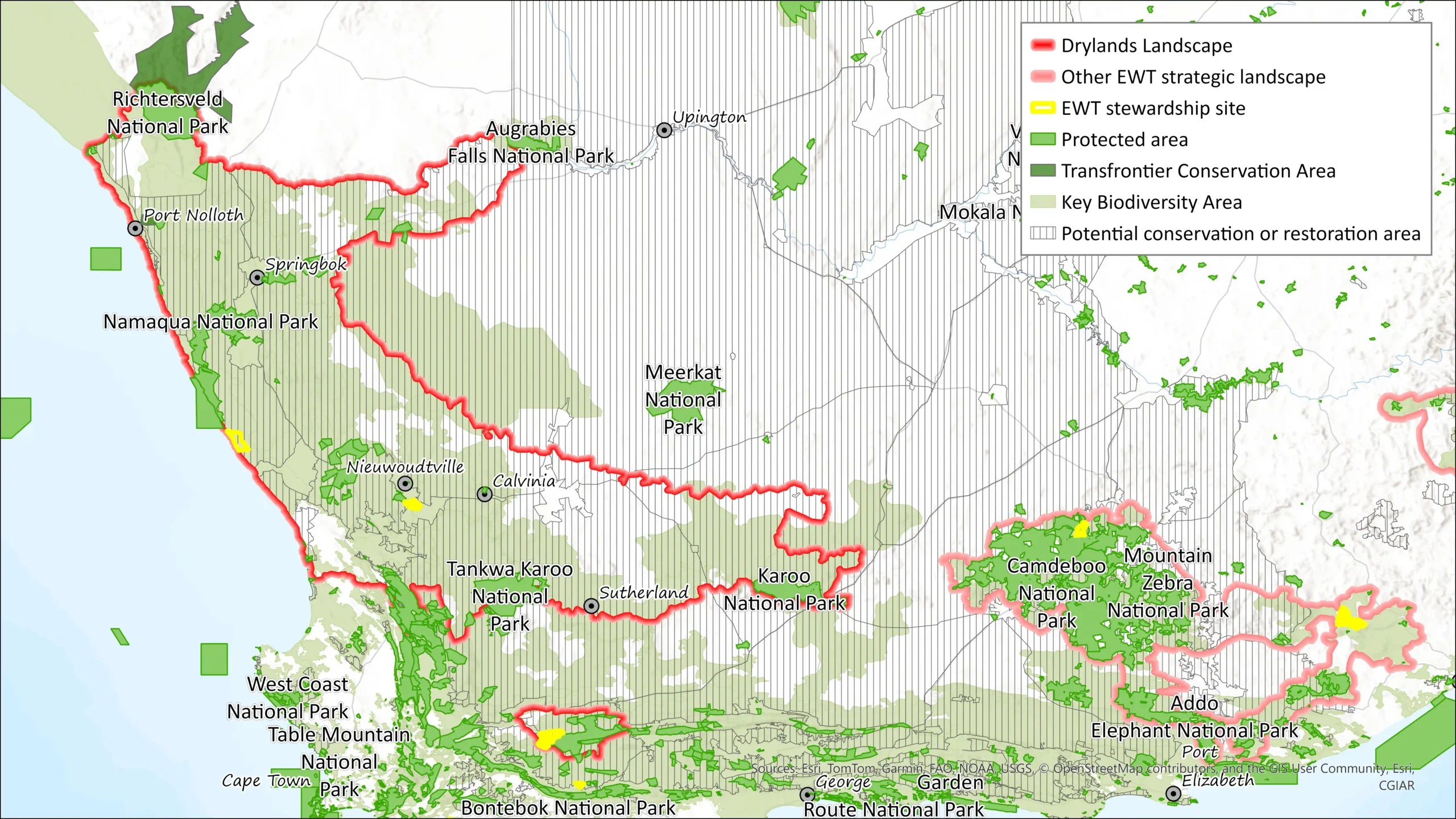 Covering 110,268 km² across the Succulent Karoo, parts of the Nama Karoo, and South Africa’s West Coast, the Drylands are one of the country’s most expansive and ecologically important landscapes. Despite extreme heat, low rainfall, and water scarcity, these arid ecosystems are home to remarkable and often endangered species, ranging from Riverine Rabbits and golden moles to dwarf tortoises, birds of prey, freshwater fish, and rare succulent plants.
Covering 110,268 km² across the Succulent Karoo, parts of the Nama Karoo, and South Africa’s West Coast, the Drylands are one of the country’s most expansive and ecologically important landscapes. Despite extreme heat, low rainfall, and water scarcity, these arid ecosystems are home to remarkable and often endangered species, ranging from Riverine Rabbits and golden moles to dwarf tortoises, birds of prey, freshwater fish, and rare succulent plants.
With semi-arid areas making up around 60% of South Africa and predicted to be among the hardest hit by climate change and land degradation, the Drylands are a critical conservation priority. The EWTs work here focuses on building climate resilience, protecting threatened species, and supporting the natural systems that local communities rely on for survival.
We are working closely with these communities to strengthen conservation-based livelihoods and land stewardship to benefit both people and biodiversity. Cross-cutting strategies include efforts to reduce the impact of expanding infrastructure and development on wildlife, improve legal protection for threatened species and habitats, and develop sustainable finance mechanisms to support long-term conservation.
Scientific tools like Bioblitzes help uncover previously undocumented or overlooked species, strengthening the evidence base needed to guide conservation decisions in this fragile region. Together, these efforts are shaping a more resilient future for both people and nature in the Drylands.
Why it’s important
The Drylands landscape is a critical focus area for the Endangered Wildlife Trust because of its unique biodiversity, high levels of endemism, and its essential role in supporting climate resilience, water retention, and sustainable land use practices.
Covering approximately 60% of South Africa, these semi-arid ecosystems are home to both wildlife and communities that depend on the land for survival. Yet, they are among the most vulnerable to climate change, overgrazing, and unsustainable development.
So What?
When drylands degrade, it triggers a chain reaction – reduced agricultural productivity, loss of grazing land, increased water scarcity, and ultimately, the displacement of people and collapse of natural systems.
Protecting the Drylands is not just about conserving species; it’s about preventing large-scale desertification and securing essential ecosystem services that underpin food security, livelihoods, and resilience in the face of a changing climate.
The choices we make today in these landscapes will directly shape the stability and sustainability of entire regions tomorrow.
Vision
To create a landscape in which ecosystems, communities and land use function together sustainably and knowledge is shared for the benefit of people, biodiversity, and the environment.
Target Species
Landscape Size
110,268 KM²
Why we do it
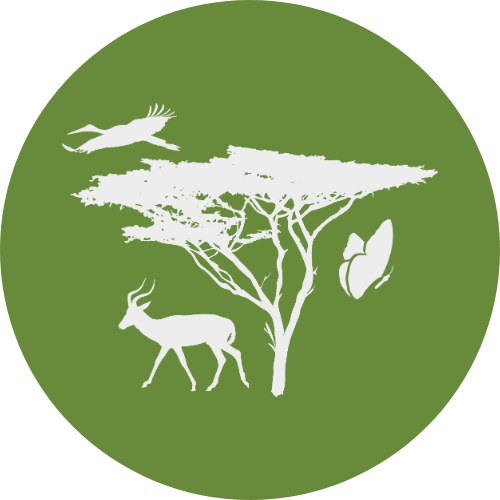
protect biodiveristy
Lead collaborative efforts to safeguard species and rebuild life-sustaining ecosystems, working with, for example, governments, landowners, and Indigenous Peoples and Local Communities (IPLCs).
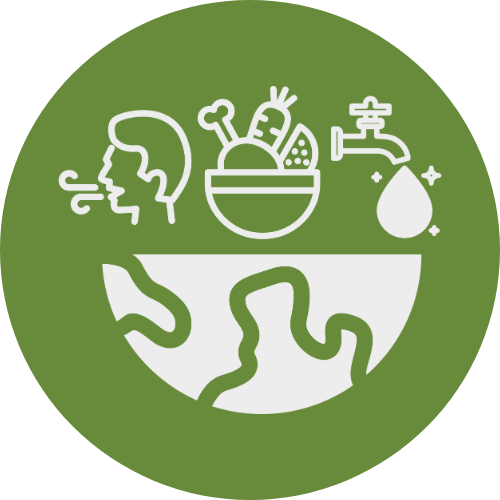
secure vital ecosystem services
Healthy ecosystems provide essential services like clean air, water, and food security.

Empower communities
Enable IPLCs to thrive through nature-based solutions that connect conservation with human well-being, equity, and sustainable livelihoods.
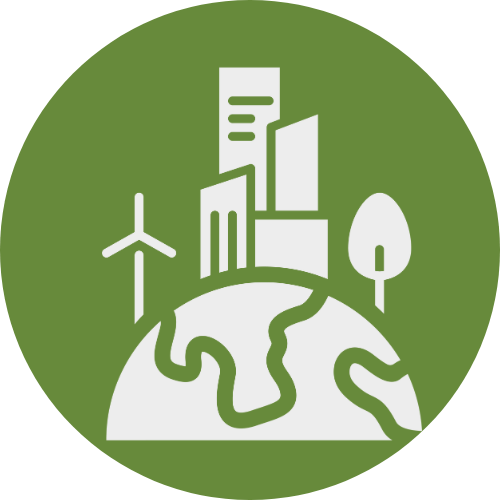
build a sustainable future
Embed biodiversity into corporate strategies and operations to deliver measurable positive outcomes for nature and create resilient, future-fit businesses.

Improve climate Resilience
Build climate adaptation and resilience into conservation efforts to protect biodiversity and human well-being.

Enhance water security
Prioritise the safeguarding of critical freshwater systems and catchments across Africa's threatened landscapes.
Cross cutting approaches

People in conservation unit
Co-developing and implementing conservation management approaches to ensure sustainable conservation impact and benefit sharing.
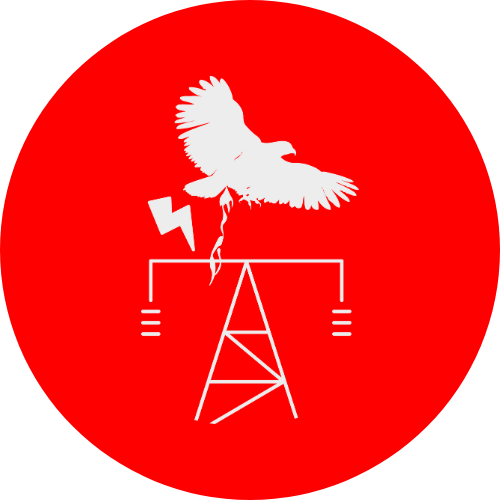
Wildlife and Infrastructure unit
Reducing infrastructure impacts on species and habitats.

Biodiversity and Business Unit
Supporting the integration of biodiversity into corporate strategy and operations, to achieve measurable positive biodiversity outcomes.

Sustainable Finance Unit
Focusing on mobilising financial resources to support conservation efforts.

Wildlife in Trade Unit
Disrupting and preventing illegal wildlife trade in the landscape.

Conservation Tools and Technology Unit
Discovering new species and understanding species distributions to inform conservation priorities in the landscape.
